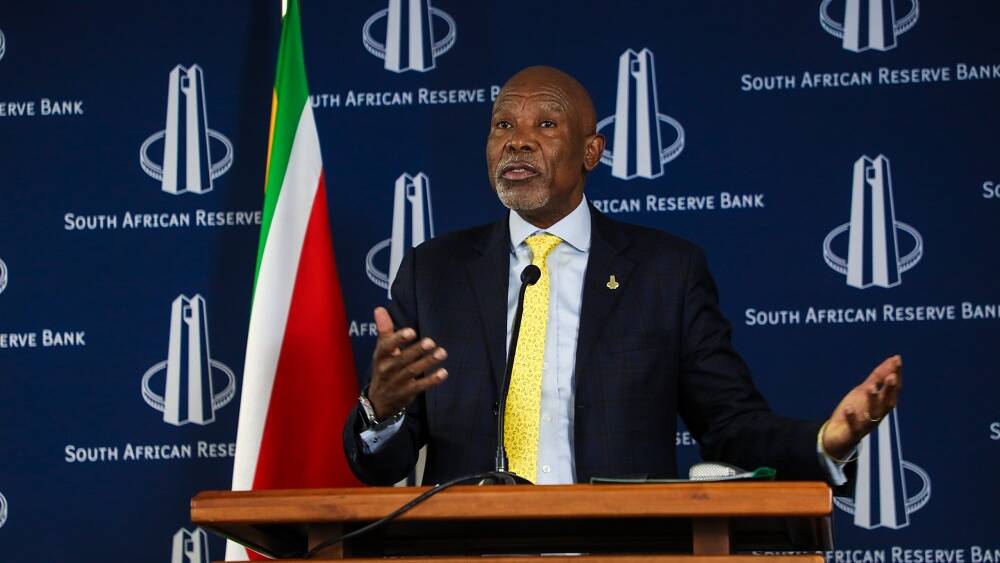White Americans Are the Majority Because the Wealthy 1% Keeps Moving the Goal Post
Medium | 27.11.2025 13:47
White Americans Are the Majority Because the Wealthy 1% Keeps Moving the Goal Post
4 min read
·
Just now
--
Whiteness is not a race. It is a political coalition. And like every coalition built to protect concentrated power, it expands, contracts, and shifts its boundaries whenever its numerical advantage appears threatened.
This is not opinion; it is historical pattern. The story of America’s so-called “white majority” is not a natural demographic fact but a political project — designed, managed, and repeatedly altered by the ruling elite. Nowhere is this clearer than in the history of Ellis Island and its role in defining who was allowed to join the dominant racial category.
When waves of European immigrants arrived in the late 19th and early 20th centuries, they were not welcomed as future white Americans. They were scrutinized, measured, and ranked by a racial taxonomy that placed many of them closer to “colored races” than to Anglo-Saxons. Italians were called “Mediterranean” and inherently criminal. Jews were labeled “Asiatic” and biologically inferior. Poles, Greeks, and Hungarians were not merely foreign — they were racially suspect.
Ellis Island was not a melting pot. It was a sorting center for potential political allies. Inspectors examined skull shapes, skin tone, and language proficiency, assigning entire nationalities into racial hierarchies that mirrored the logic of segregation and eugenics. Whiteness, at that time, was a narrow category: Anglo-Protestant, Northern European, culturally “American.”
But the boundaries of whiteness did not hold.
As Black Americans migrated north, organized labor movements, built political power, and reshaped American culture, the racial hierarchy faced a crisis. The ruling class — industrialists, policymakers, and the wealthy 1% — needed numerical reinforcements to maintain their economic and political control. And so whiteness began to expand.
Ethnic Europeans who had previously been treated as outsiders were quietly folded into a broader racial identity. Italians became white. Jews became white. Slavs, Greeks, and other “undesirable” Europeans became white. This was not cultural assimilation; this was political incorporation.
It was a strategic decision. A larger white population meant a stable voting bloc that could be courted, controlled, and mobilized to protect existing hierarchies. And the federal government helped engineer this expansion.
Through the 1924 Immigration Act, the United States drastically limited new entrants who might destabilize the emerging white coalition. Meanwhile, New Deal programs, federal housing policy, and the GI Bill distributed unprecedented resources to the newly defined “white” population while systematically excluding Black Americans. These programs did not merely uplift individuals — they built the modern white middle class.
Whiteness was not only expanded; it was subsidized.
The 1% understood that class solidarity across racial lines posed a threat to their power. So they widened whiteness strategically, creating a demographic firewall between themselves and the multiracial working class. This pattern continues today.
For years, demographers predicted that America would become a “majority-minority nation” by 2045. The idea provoked political panic and a wave of reactionary policies aimed at preserving white influence. But rather than confront the implications of demographic change, the political establishment shifted the definitions again.
Recent updates to Census categories now allow many multiracial Americans — especially those with some European ancestry — to be counted in ways that bolster white numbers. Population forecasts have quietly been revised. Commentators who once warned of white decline now describe it as an exaggeration.
Once again, the goal post moved.
Once again, whiteness stretched to protect entrenched power.
If whiteness were a biological race, its boundaries would not shift according to political need. But whiteness has always behaved like a coalition — one constructed to ensure that a wealthy minority can maintain dominance by cultivating a loyal racial majority.
Which raises the deeper question: why do we still treat the “white majority” as a neutral demographic category when its very existence depends on constant redefinition?
America looks the way it does today because whiteness has always been elastic. It has always been an instrument of policy. It has always served the interests of those at the top. And if whiteness had not expanded to absorb Ellis Island immigrants, the United States would not have had a white majority at any point in the 20th century.
The moral and cultural center of this nation has always been shaped by communities who were excluded from that coalition — Black, Indigenous, immigrant, working-class, queer, multilingual, multiracial. These communities did not need to “become white” to build America. They built it while surviving a system that constantly redrew the lines to deny them full inclusion.
Understanding whiteness as a political coalition allows us to see its future clearly: it can expand only so far before it fractures. And as the United States becomes more diverse, more connected, and more honest about its history, the old strategies of expanding whiteness to secure power will become less effective.









